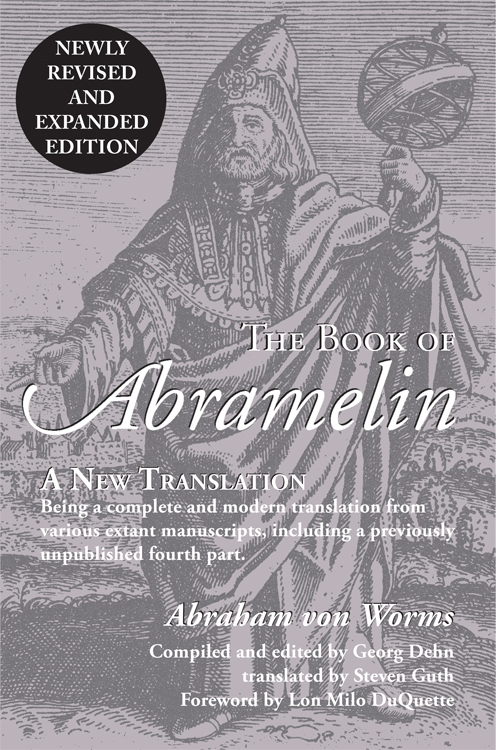As modern research revealed, the original system comprises not three but four books, and the ceremonies described are far more expansive. This was corrected by Georg Dehn and translated with the help of Stephen Guth. This new edition, with its protective sleeve and dignified binding, is essential for any serious practitioner’s library.
Dehn’s edition enriches the historical narrative with references to powerful figures such as Sigismund of Luxembourg. There’s even speculation about the book’s connections to the vampire orders and the founding of the Order of the Reverse Dragon, which traces back to Vlad the Impaler—better known as Dracula. These connections, while speculative, deepen the esoteric lore surrounding the text.
The revised edition does more than correct—it restores. It honors Mathers while expanding upon his foundation. The structure is split into four books. The first details Abraham’s biography. A Jewish magician from the city of Worms in the 1300s, he wrote in German instead of Hebrew, fearing his son might not know the sacred language. The work was meant as a magical inheritance.
Book Two dives into practical applications—spells for war, love, childbirth, exorcism, invisibility, protection, and court influence. These rituals are vast and detailed, echoing the seriousness of sacred magic.
Book Three focuses on initiation. It outlines the qualities required of the magician, the multi-year preparation process (likely two years in full), and the spiritual and ceremonial rigor involved. It teaches how to prepare the space, the accessories, the prayer room, and how to communicate with both redeemed and unredeemed spirits.
Book Four is where the infamous magical squares are revealed. These include spells to fly, open locks without keys, collapse buildings, and discover hidden truths. It concludes with beautiful rituals involving music, spirits in armor, and divine communication.
The commentary and appendices are invaluable, providing not only modern translations and corrections but insights into the editor’s journey, his historical investigations, and direct facsimiles of original manuscripts.
Even if you never perform the full rite, this book is a cornerstone. It has influenced texts such as Lucifer and the Hidden Demons by Theodore Rose. Understanding its full scope allows magicians to decode and reconstruct their own paths.
In closing, the poetic mysticism of those who walk between worlds. Witchcraft is not just ritual—it’s a romantic rebellion, a dance with the unknown. And sometimes, it takes unfamiliar wisdom to show us the way.
Key Ideas from the Book
Incomplete Foundations: The traditional three-book version of Abramelin is based on an inaccurate French manuscript; the complete ritual spans four books.
Historical Verification: Georg Dehn’s version includes rigorous historical analysis and manuscript facsimiles for personal investigation.
Initiation as Foundation: True power from the magical squares can only be activated after deep personal initiation.
Interdimensional Communication: The text offers a structured method for invoking divine and infernal spirits through sacred preparation.
Magick as Inheritance: Abraham’s writing to his son frames magick not as secret knowledge, but as spiritual legacy.
Occult Lineage: The influence of this grimoire on figures like Vlad the Impaler hints at deeply rooted esoteric orders.
Pure Imagination Meets Ritual: The spiritual world is subtle and speaks through dreams, sensations, and internal vision—not only dramatic manifestations.

